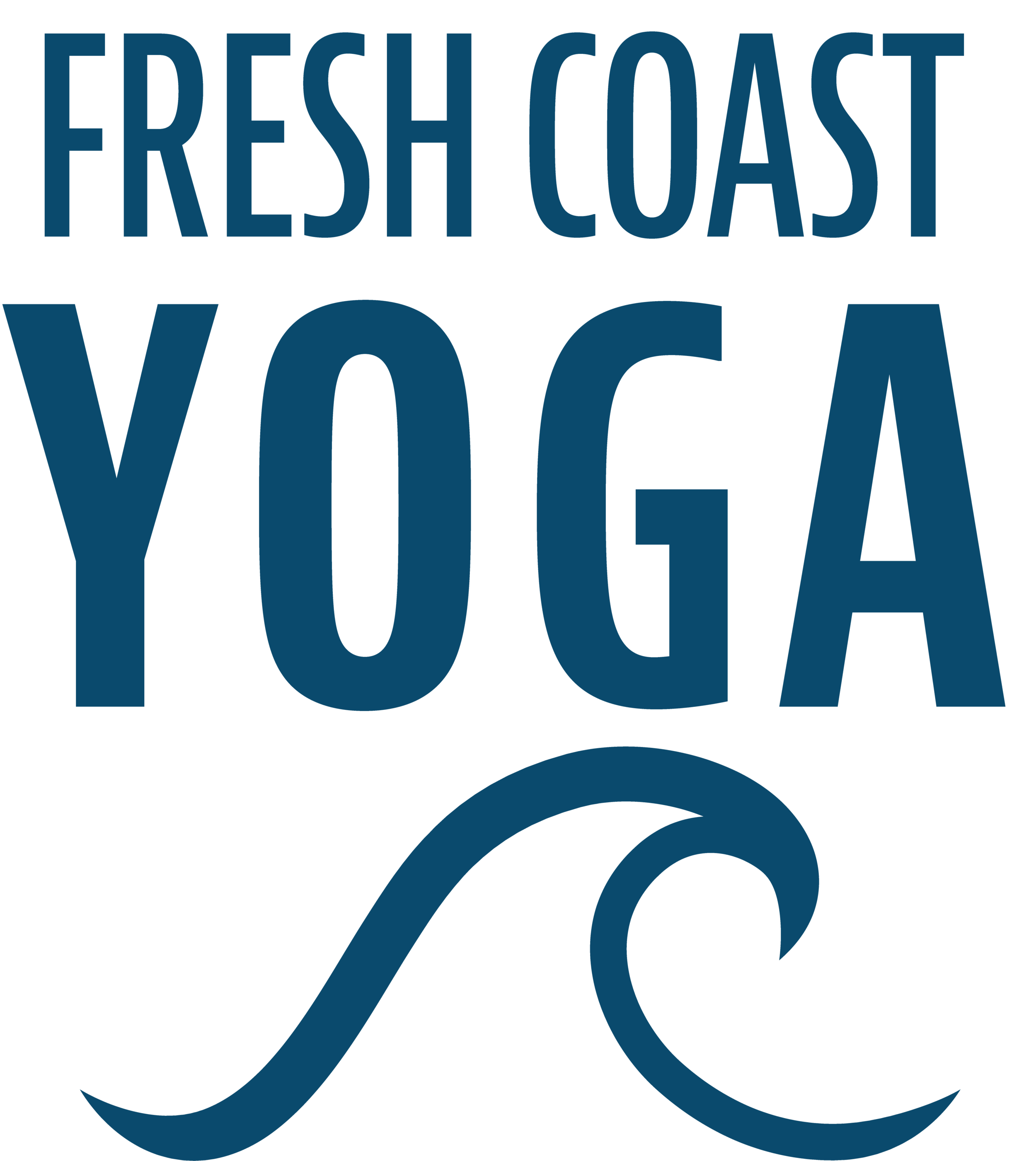Fresh Coast Yoga Meditation
Sometimes, all we feel like we have time for is a single mindful breath.
We know lives, schedules, minds, and even our yoga practices become busy. So in our Fresh Coast Yoga meditation classes, we want to offer insights and tools that help you in daily life. Whether it’s one breath, a season of classes, or a full weekend retreat, we can all make space for calm and wisdom.
Join us on the mat in class and for special series and workshops.
On this page, you’ll find resources for:
Information from the Meditation 101 and Science of Stress & Breathwork classes
Ideas and tools for practicing at home
Affirmations to help you return to the present moment
Meditation 101
Simple daily practices, and the neuroscience that support consistent meditation, can help us flow with the ebbs and flows of our daily lives.
From improving focus to creating calm, from restful sleep to awakening gratitude, mindful meditation grounds us in the present moment.
The key part of Fresh Coast Yoga’s approach to meditation is to make sure you can be comfortable and awake during practice (although if you fall asleep, then you probably needed it!) We embrace play and curiosity in meditation. And encourage cozy socks and extra layers to stay warm.
The class covered:
meditation postures and props for kneeling, seated, reclined, and laying down meditations
introductions to common meditation practices like loving-kindness (metta), body scans, box breath pattern, noting, and listening to sounds
prompts for when the mind wanders; this is totally natural and the practice is about choosing to return our focus without judgment
Science of Stress and Breathwork
Many of us are aware of the impacts of stress on our well-being. But the tools to help us live with more ease require rethinking stress and coping. In this class, we explore the basics of regulating the nervous system through different breathing patterns found in meditation practices.
There is a lot to explore here! The following resources are not meant to be comprehensive, rather they are an invitation to start your own meditation and breathwork journey.
Understanding the anatomy of stress and breathing:
The sympathetic nervous system is activated by stress, triggering fight, flight, freeze, and other survival responses.
The parasympathetic nervous system — or “rest and digest” mode — conserves the body’s energy.
The vagus nerve is the key communication highway of the parasympathetic nervous system.
Controlling the breath, especially extending the exhale, is one way to regulate the vagus nerve.
Healthy movement of the diaphragm, a big domed muscle attached to the bottom of the ribcage, is important for breathwork.
Breathwork patterns explored in class:
Breath of Fire (Kapalbhati), Alternate-Nostril Breathing (Nadi Shodhana), and Bumblebee Breath (Bhramari): all explored in this great pranayama video with Sarada Jagannath from DoYogaWithMe
Breath of Joy
Three part breath (Dirga Swasam): nice explanation with Art of Yoga
Long, extended exhales (starting with 4-7-8 breath)
Deeper dives:
Book - Breath: The New Science of a Lost Art by James Nestor
Video - The Science Of Yogic Breathing by Sundar Balasubramanian | TEDxCharleston
Video - Art of Breathing by Tina Sodhi | TEDxWabashCollege
Conference - Embodiment Conference - many of the 2020 all-virtual gathering were made free and open to the public
Article - Intro to Traumatic Stress: Trauma, Stress, and Trauma-Informed Practice for Community Health and Well-Being on Community Commons
Article - Brain Health on Community Commons
Article - What is Stress: Understand It to Manage It on Insight Timer
Magazine - Mindful.org


